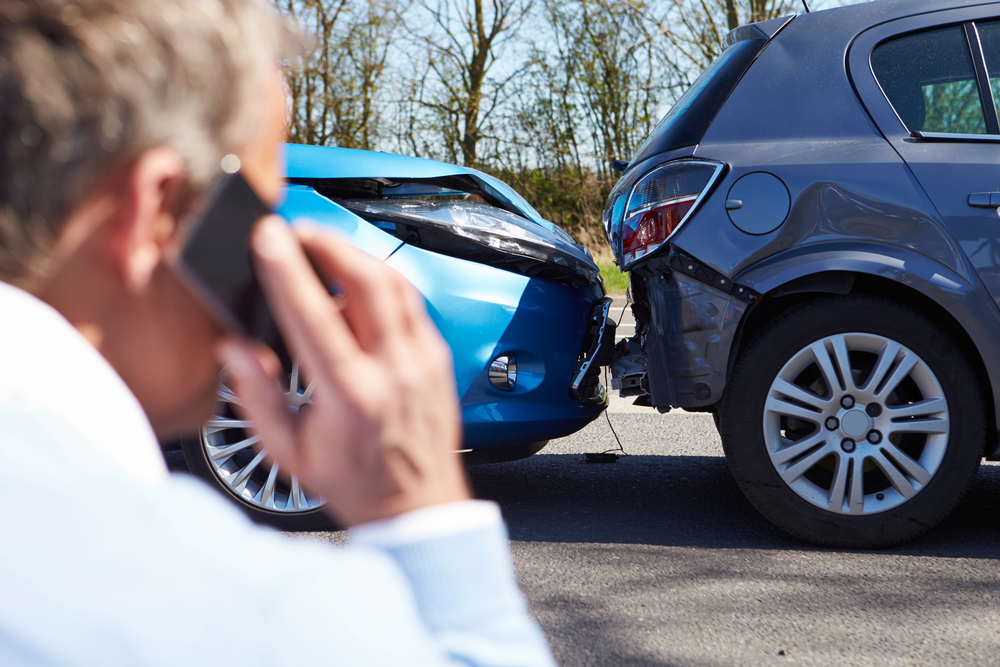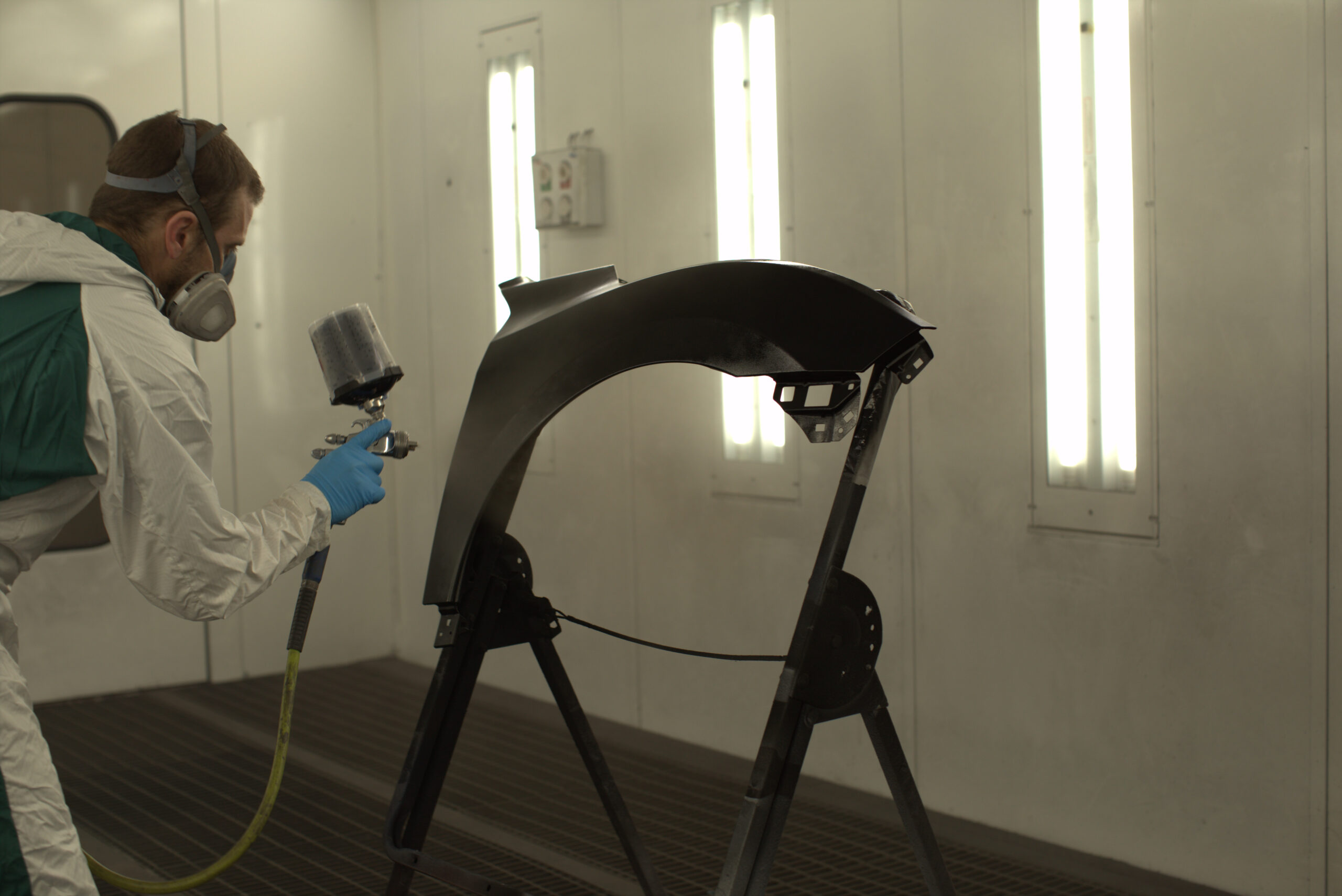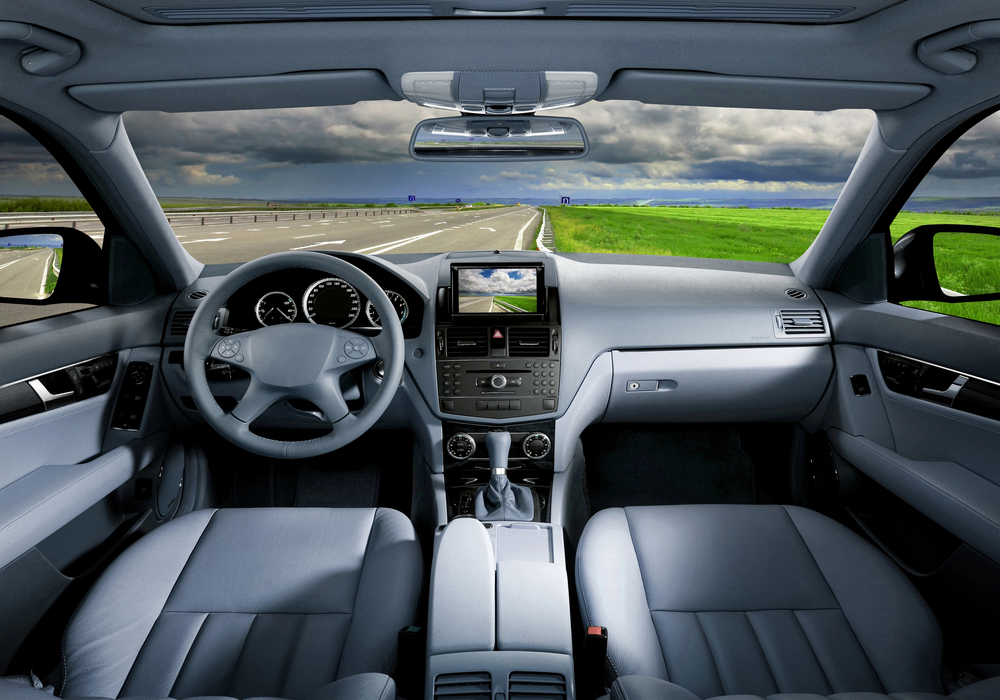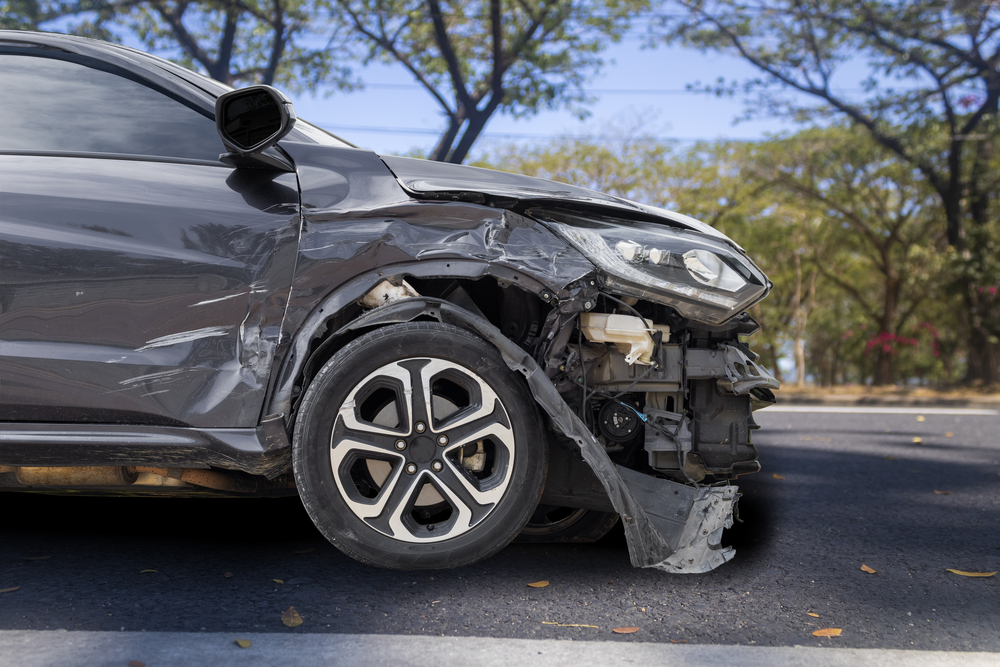The moment you sit in your vehicle and start to drive down the road, the risk of getting into a collision increases. Car accidents are never easy to handle, especially when you have to consider how common collisions are in New Jersey and the damages they can cause to your vehicle. As such, knowing the risks and the dangers and also what can happen as a result of common auto collisions in Washington Township, NJ can help you be more prepared and aware.
The Most Common Auto Collisions in Washington Township, NJ
Let’s take a look at some of the most common types of auto collisions to happen in Washington Township, NJ.
1. Rear-End Collisions
The National Highway Traffic Safety Administration (NHTSA) found that 29% of crashes in the US are rear-end collisions. These occur when one vehicle strikes the rear of another. They often happen due to tailgating, distracted driving, or sudden stops. Rear-end collisions can result in whiplash injuries and damage to the rear of the vehicle.
2. Head-On Collisions
In head-on collisions, the front ends of two vehicles collide, and the results can be devastating. They typically occur at high speeds and often result in severe injuries or fatalities. In fact, in 2020, in head-on collisions were responsible for 3,631 deaths in the US. Factors contributing to head-on collisions may include impaired driving, distracted driving, or failure to yield.
3. Side-Impact Collision
Also known as T-bone collisions, these occur when the front of one vehicle strikes the side of another. They often happen at intersections or when one driver fails to yield the right of way. Side-impact collisions can cause significant damage to both vehicles and result in injuries to occupants.
4. Sideswipe
Sideswipe collisions involve two vehicles traveling parallel to each other making contact. They commonly occur when changing lanes without proper signaling or checking blind spots. While typically resulting in minor damages, sideswipe collisions can lead to loss of control and secondary collisions.
5. Rollover Accident
Rollover accidents involve a vehicle rolling onto its side or roof. They often occur during high-speed maneuvers, such as sharp turns or abrupt lane changes, as well as the impact from a front-end collision. This may also happen when an SUV is driving in wet or icy conditions, causing the driver to lose control of the vehicle. Rollover accidents can cause extensive damage to the vehicle and result in serious injuries or fatalities.
6. Single-Vehicle Crash
Single-vehicle crashes involve only one vehicle and can occur for various reasons, including driver error, adverse weather conditions, or road hazards. These accidents can result in damage to the vehicle and injuries to the driver and passengers.
Damages Caused By Common Auto Collisions in Washington Township, NJ
Now that you have seen the common kinds of auto collisions that occur within Washington Township, NJ, it’s time to learn about the damage a vehicle may sustain.
Front-End Damage
In head-on collisions, front-end damage typically encompasses a range of issues. This includes visible damage to the front bumper, which may be crushed, cracked, or completely detached from the vehicle. The grille, often located in the front center of the vehicle, may sustain damage ranging from dents and scratches to complete deformation. Headlights, positioned on either side of the front end, are frequently shattered or dislodged upon impact, requiring replacement.
Additionally, the engine compartment, located behind the front bumper, is susceptible to damage. This may include bent or broken engine mounts, damaged radiators, and twisted or crushed engine components. Structural damage to the vehicle’s frame is also common in head-on collisions. This can lead to misalignment, buckling, or bending of the frame rails, requiring extensive repairs to restore the vehicle’s structural integrity.
Rear-End Damage
Rear-end collisions often result in damage to the rear of the vehicle. The rear bumper, designed to absorb impact and protect the vehicle’s body, may be dented, scratched, or completely crushed upon impact. Damage to the trunk, located behind the rear bumper, is common in rear-end collisions. This may include dents, scratches, or deformation of the trunk lid, hindering its functionality and aesthetic appeal. Rear-end collisions can also cause misalignment of the vehicle’s frame. You may notice visible signs of frame damage, such as uneven gaps between body panels or irregularities in the vehicle’s alignment.
Side Damage
Side-impact collisions can cause significant damage to the vehicle’s side panels. This includes dents, scratches, and deformation of the metal or composite materials used in the vehicle’s construction. Damage to the vehicle’s doors is common in side-impact collisions. This may include dents, scratches, or complete deformation of the door panels, hindering their functionality and compromising passenger safety. Broken windows are often a consequence of side-impact collisions. The force of the impact can shatter or dislodge windows, requiring replacement to ensure passenger safety and protection from the elements.
Roof Crush
Rollover accidents can lead to roof crush, where the vehicle’s roof collapses inward due to the forces exerted during the rollover. This results in extensive structural deformation and damage to the vehicle’s roof. The roof may exhibit visible signs of crush damage, including buckling, bending, or complete collapse in severe cases. The severity of roof crush damage depends on various factors, including the angle and speed of the rollover, as well as the strength and construction of the vehicle’s roof.
Scratches and Dents
Sideswipe collisions often result in minor damage to the vehicle’s exterior. This includes scratches, dents, and paint transfer along the side of the vehicle. Scratches may vary in severity, ranging from superficial surface marks to deep gouges that penetrate the vehicle’s paint layer. Dents can occur when the vehicle’s side panels are impacted by another vehicle or object, resulting in visible depressions or indentations in the vehicle’s body.
Contact a Collision Repair Shop in South Jersey Today
Being aware of the common types of auto collisions and the damages they can cause is essential for drivers in Washington Township, NJ. Whether it’s a rear-end collision, head-on collision, side-impact collision, sideswipe, rollover accident, or single-vehicle crash, each scenario presents unique risks and potential damages to vehicles.
If you find yourself in need of collision repair services in Washington Township or South Jersey, Elmer’s Auto Body is here to help. Our experienced team specializes in repairing a wide range of damages caused by auto collisions, ensuring that your vehicle is restored to its pre-accident condition safely and efficiently. Call one of our three South Jersey locations today or fill out our online form.






